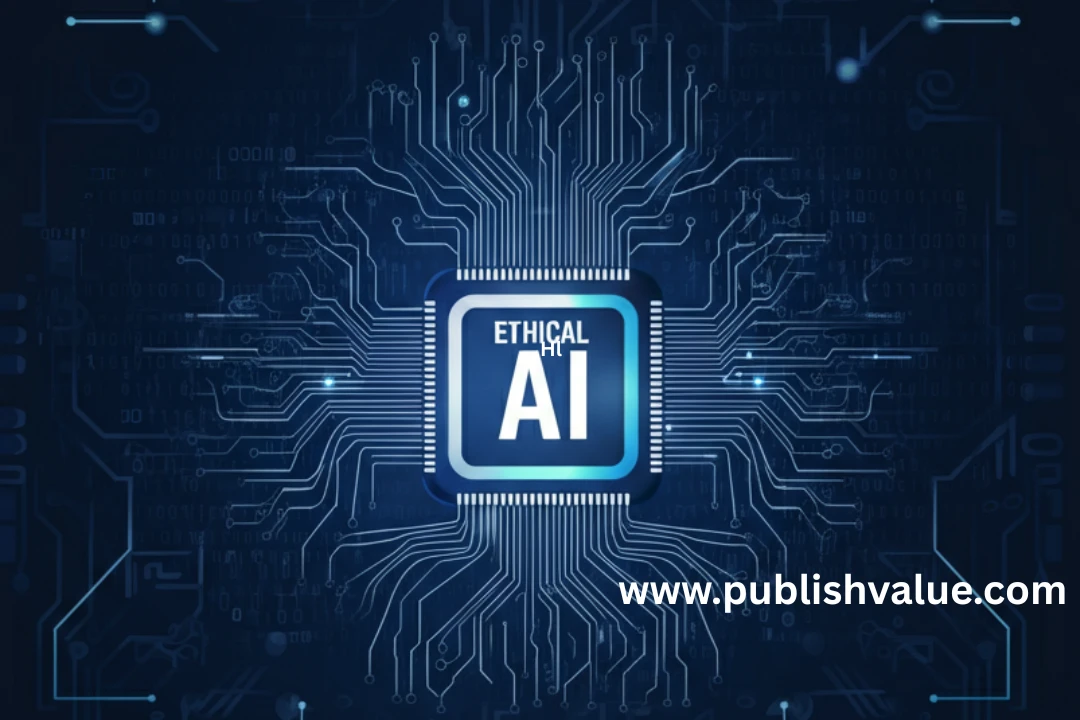
The Double-Edged Sword: Navigating Ethical Issues in AI Development
Share0Artificial intelligence has woven itself into our daily routines, from social media feeds to tools that help doctors save lives. But as these technologies gain influence, we’re faced with important questions about the ethical issues in AI development. The choices we make today will shape how these powerful systems impact our lives—for better or worse.
The Core Challenge of Bias in Machine Learning
A major challenge in building intelligent systems is avoiding bias. When the information used to train an algorithm contains stereotypes or gaps, those flaws can get baked into the technology that decides who gets a job interview or a loan. Suddenly, computer-made decisions can repeat unfairness, even when there’s no intention to discriminate.
When Data Isn’t Fair
The outcomes of automated decisions are only as fair as the information we provide. If certain communities are left out of the data, or historical injustice is reflected, the results won’t be equal for everyone. Developers must constantly check, adjust, and diversify their sources to create fairer, more compassionate technology.
Why Biased Decisions Matter
You’ve likely heard stories of people missing out on opportunities because a digital tool was trained on the wrong data. For example, qualified jobseekers sometimes get rejected because automated hiring systems misunderstand which skills or experiences really matter. These issues can hurt real lives and set back equality.
Safeguarding Privacy in a Connected World
Modern technologies depend on vast amounts of information about us—sometimes more than we realize. This nonstop collection of details about our habits, interests, and even our faces carries real privacy risks. Ethical issues in AI development aren’t just technical—they’re about people’s trust and dignity, too.
- Everyday data collection can feel invasive if transparency is lacking.
- People deserve clear choices about how personal information is collected and used.
- Strong data security and clear privacy policies help build confidence in new systems.
The Need for Clear and Open Technology
Some advanced systems are so complex even their designers can’t explain exactly how they work. This “black box” effect makes it tough to know why a decision was made, leaving affected people in the dark. Without openness, it’s tough to spot or fix mistakes.
Making Technology Understandable
Experts are working on making automated systems more transparent—so we can see, in plain language, why a decision happened. This not only builds trust but also helps correct any mistakes that might show up along the way, ensuring the technology we use truly benefits us.
Accountability: Who’s To Blame When Things Go Wrong?
What happens if automated technology harms someone—a car makes the wrong move, or a medical tool gives bad advice? Figuring out who’s responsible isn’t always straightforward. This is a central question when talking about ethical issues in AI development.
Key players who must share the load include:
- Designers and Programmers: Those who create the technology must anticipate how it could go wrong.
- Companies and Operators: Businesses using smart tools need to test, monitor, and take action if risks appear.
- Government Regulators: Officials must stay involved to ensure new rules keep up with rapid changes.
The Impact on Jobs and Society
The rise of intelligent automation will change how we work—some tasks may disappear, but new opportunities could arise. Yet, there are real concerns about people being left behind, and ethical issues in AI development must address these societal changes.
Essential focus areas include:
- Economic Shifts: Supporting workers through changing careers is critical.
- Lifelong Learning: Continuous education programs can help people adapt.
- Income Gaps: Unless managed carefully, new technology could widen the gap between rich and poor.
Helping People Through Change
Change brings uncertainty. Governments and organizations should create resources for reskilling and financial support, helping workers transition smoothly and avoid unnecessary hardship as industries adapt.
Guiding Technology for Good
Ethics in the development of intelligent technologies means more than avoiding mistakes—it’s about making sure everyone benefits. This involves ongoing conversation between tech makers, lawmakers, and everyday people. For more insights on responsible innovation and best practices, you can visit the World Economic Forum’s page on responsible AI. Most importantly, it’s about respect, fairness, and building a healthier future for everyone. Responsible innovation isn’t a box to check—it’s a commitment to real-world impacts.
Frequently Asked Questions
1. What is the main ethical challenge in developing smart technology?
Unfair bias in computer decisions is widely seen as one of the biggest issues. When systems reflect old prejudices, they can keep people from jobs, loans, or fair treatment.
2. What steps can help address ethics and AI concerns?
Diversifying data sources, making technology more understandable, and creating clear rules all help keep tech responsible. Regular oversight by experts and policymakers is vital too.
3. Who makes sure technology is developed ethically?
Ethical responsibility is shared—designers, companies, and government agencies all play a part in keeping technology fair, transparent, and accountable.
4. Can smart technology make ethical choices on its own?
Technology doesn’t have values; it behaves according to human decisions and priorities. Ethical outcomes depend on the care and thoughtfulness of the people behind the code.
5. Why does clarity matter in computer decision-making?
Being able to explain how a tool reaches its conclusions lets us fix mistakes, build trust, and make sure technology serves everyone fairly. Transparency is key to earning public confidence in new systems.
You may also read: How to Use AI for Data Analysis: A Practical Guide
